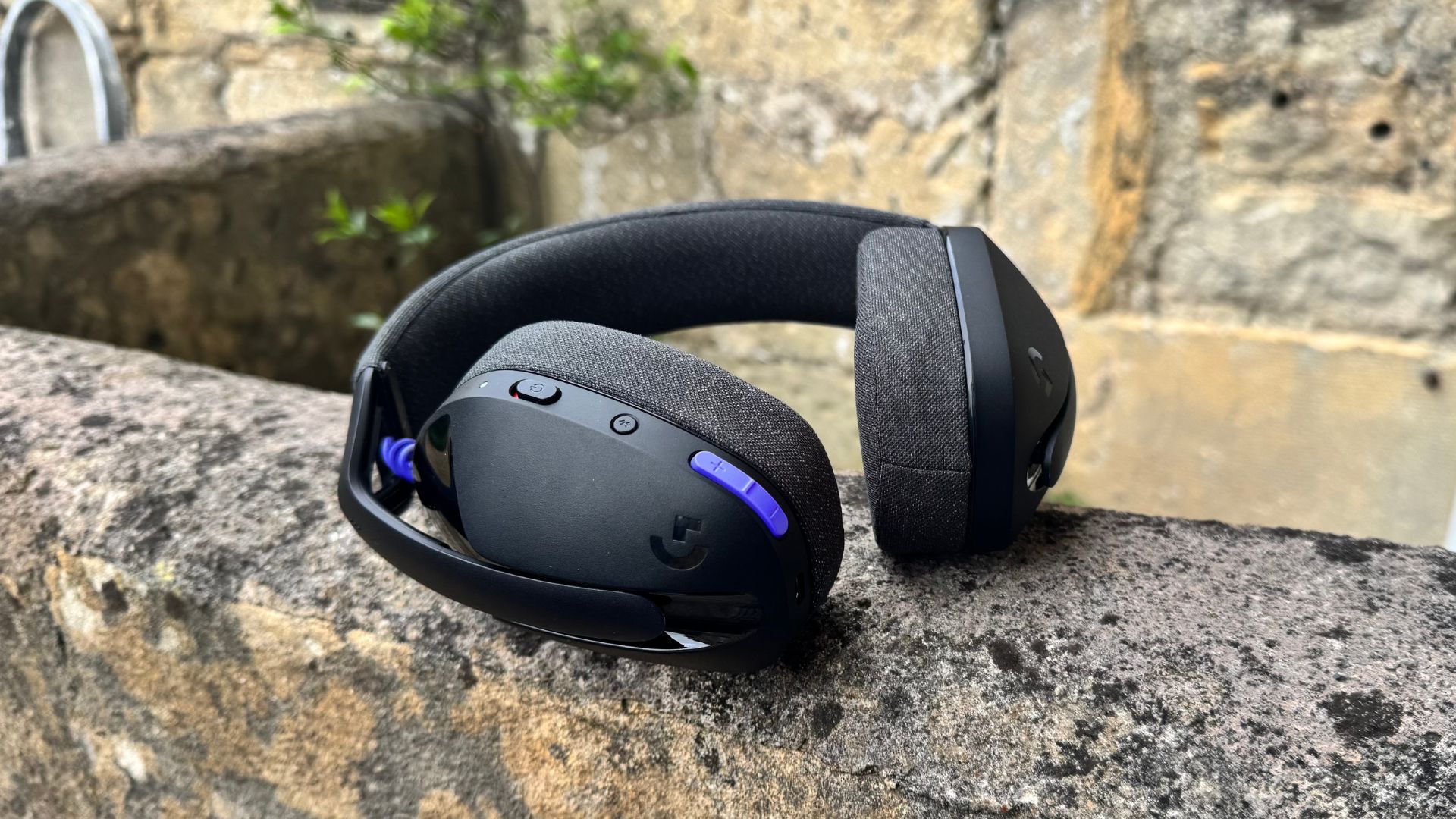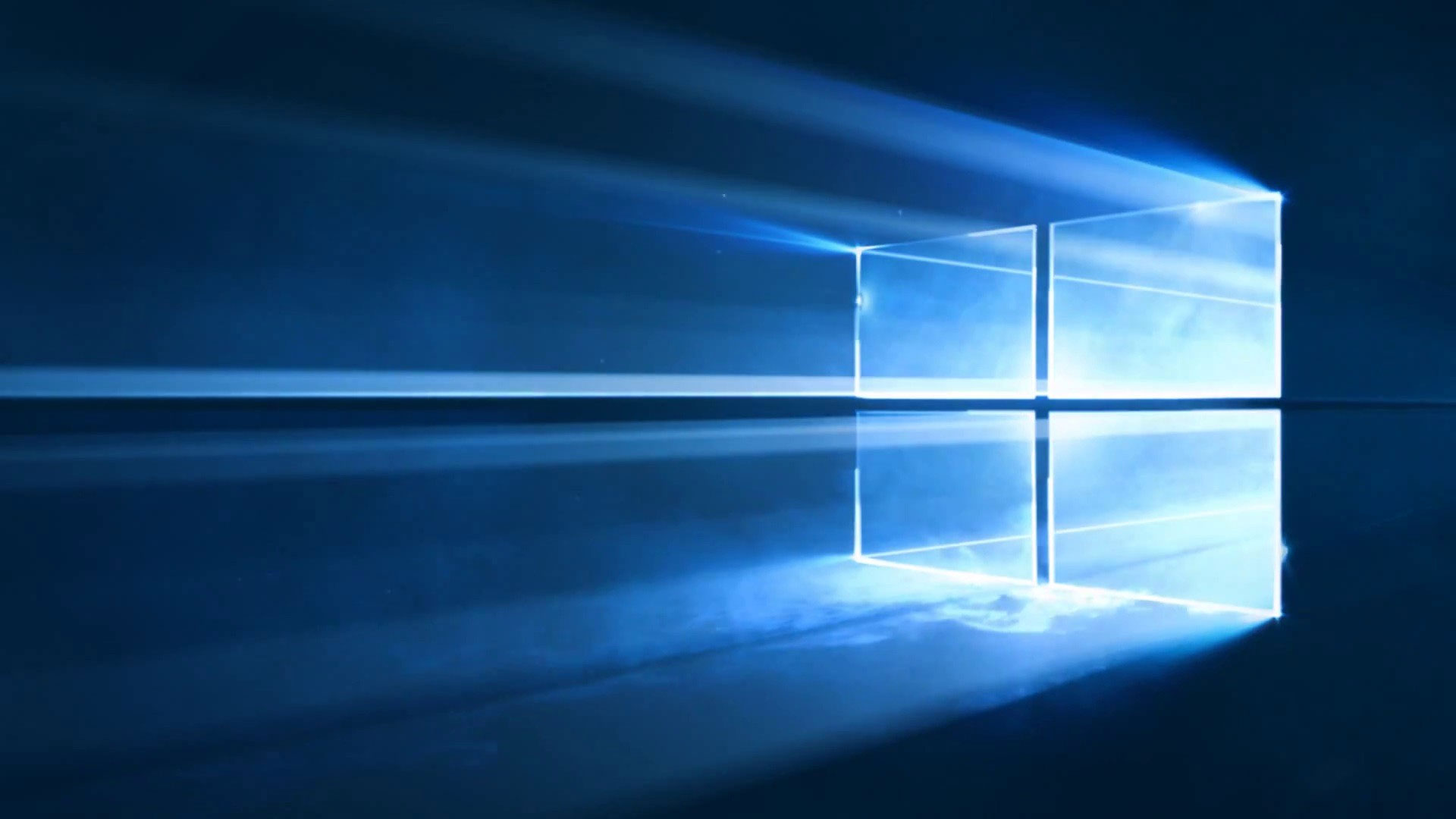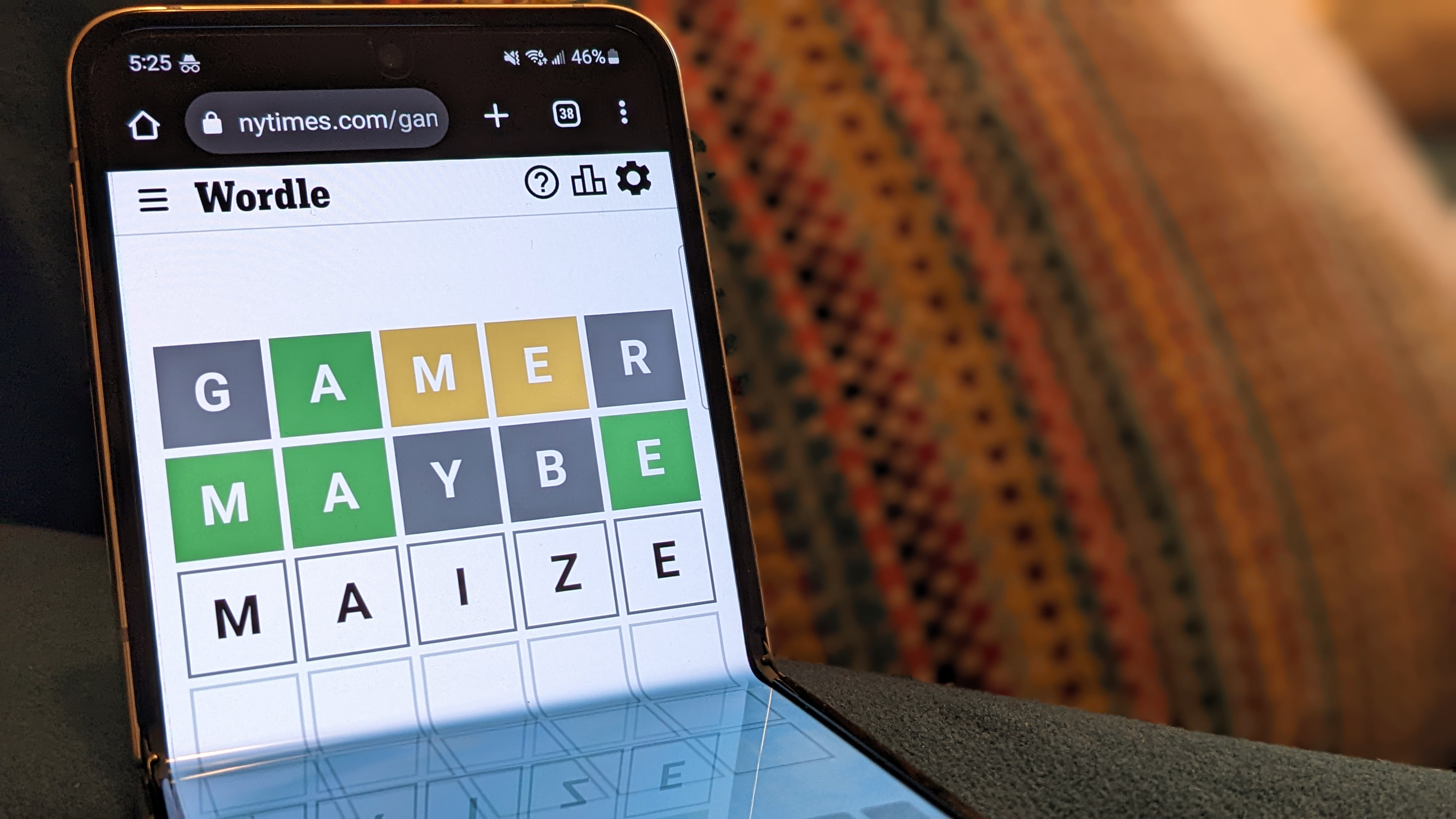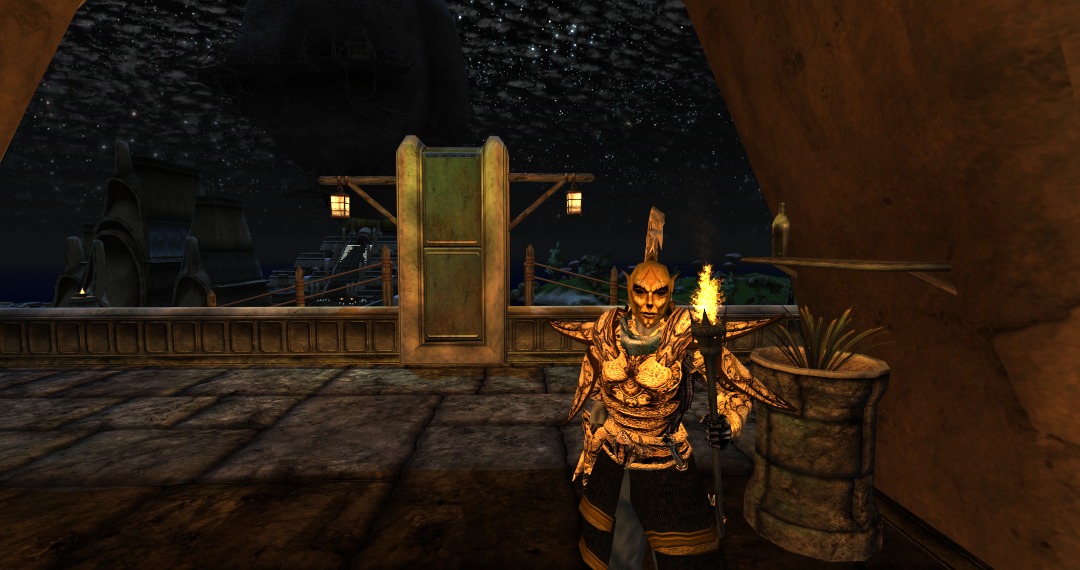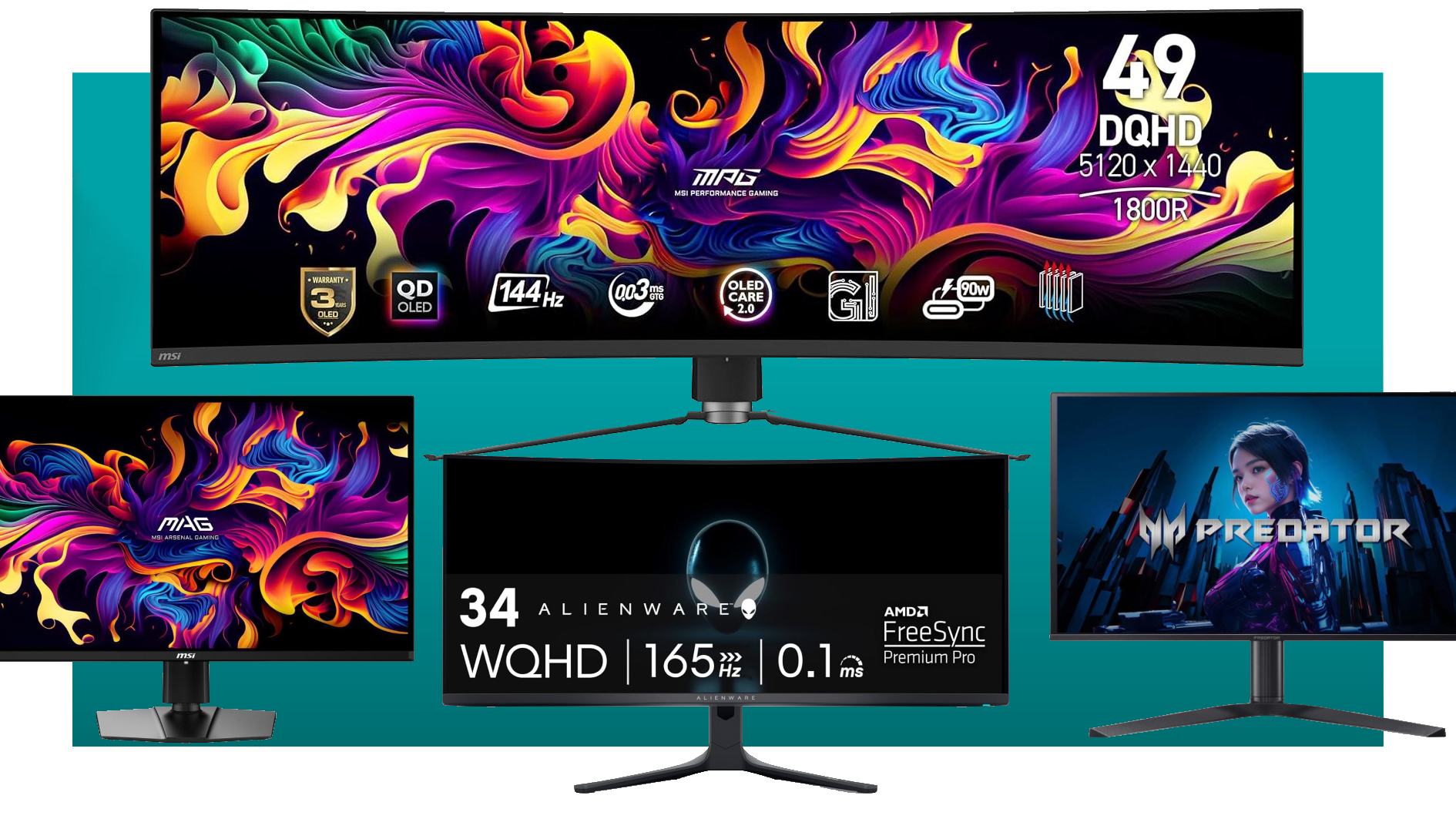Logitech G321 Lightspeed review
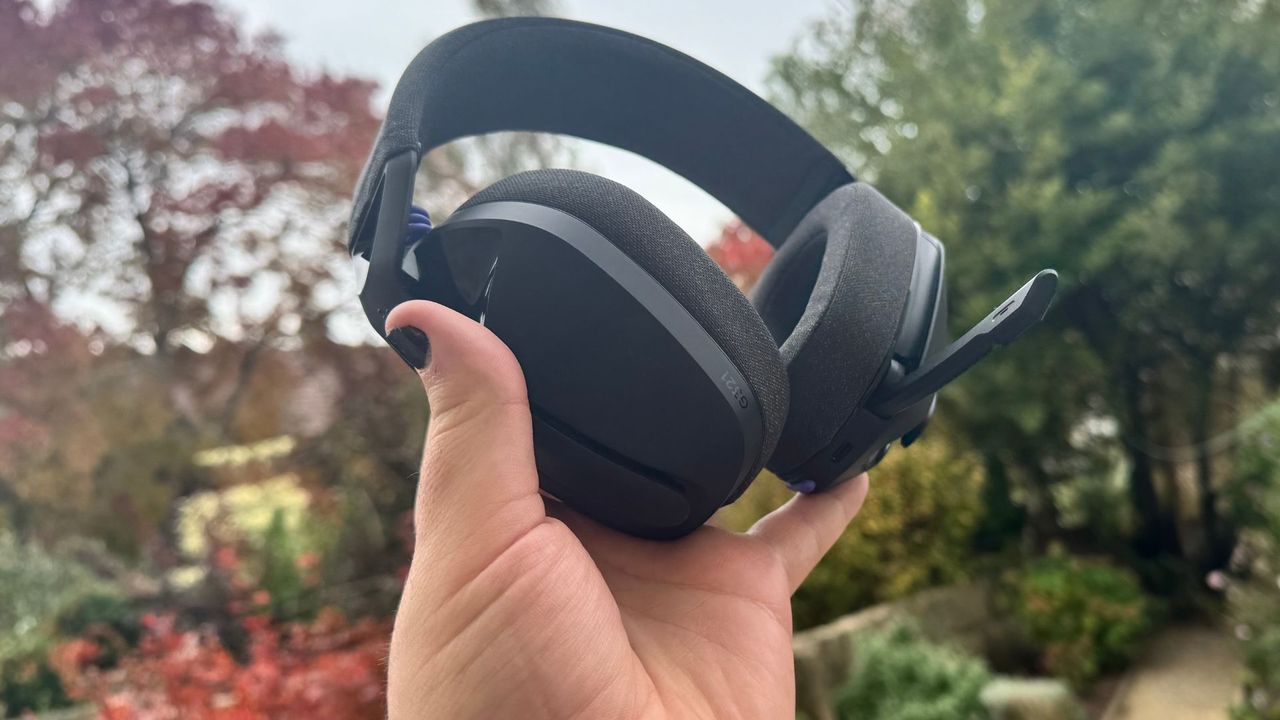
My first impressions of the Logitech G321 Lightspeed gaming headset were not positive. It's a noticeably cheaper-feeling headset than the comparably priced Corsair HS55 (this is before mentioning that Corsair's offering is older and regularly reduced). It creaks under pressure, and the speakers in the earcups aren't even padded, meaning you can tap plastic if you poke your finger in there. However, partially due to its choice of materials, the Logitech G321 certainly earns that Lightspeed name by being some of the most breezy cups I've wrapped around my ears as of late.
The best way I can think to enunciate what the G321 Lightspeed gets right is to express what I think the Turtle Beach Recon 70 gets wrong. The Recon 70 is a decidedly budget headset at $40, and the headset makes a lot of compromises in regards to build quality and feel. The G321 is $10 more, comes with the same-sized drivers (40 mm), a flip-to-mute microphone, a similar weight, and yet, it feels so much better on the head. It's also wireless.
At 210 g, it's not that much lighter than the 231 g Turtle Beach Recon 70 and yet putting both on, a clear winner arises. That's because the parts of the G321 Lightspeed that have been given extra attention are the fabric earcups and headband. Though between my hands, the top creaks, the cups bend, and I frankly wouldn't feel comfortable throwing the headset into my backpack.
Those downsides aren't made up for with the Lightspeed's comfortable feel and light weight, but at least the compromises made don't feel all bad. This is clearly a budget pair of headphones, and I can see where cuts are made for that price point.
To compare directly to Corsair's HS55, the Lightspeed is lighter and wraps less firmly around the head. This means the former offers better passive noise cancelling and a more immersive sound, while the latter is easier to move around in and more comfortable over long days. Neither is bad, but both are unique in what they offer, though the HS55 feels more premium.
The pulse of chants, the metallic ringing of synth drums and the squish (no, I don't have a better word) of balls (again, I don't have a better word) in Ball X Pit is as enchanting as I'd hope it would be. The bass doesn't rumble as I've found in more expensive headphones, but it's certainly noticeable in the mix.
This more subdued bass is at its worst in Doom: The Dark Ages. The thunderous lows and heavy footsteps come through in the mix, but don't have that thump to them. You will hear bass, but you won't feel it.
Balatro's main theme, being surprisingly layered with tonnes of synth, electronic drums, and effects, comes through well. And the roar of fire in response to a particularly strong hand is as strong as I was hoping. That fire sound works as the Lightspeed has a decent amount of depth to its soundstage. Footsteps in Counter-Strike 2 come through clear, and the pound of an AWP or Desert Eagle still rings throughout the map.
I wouldn't say the audio quality is particularly strong for its price point, especially when you can pick the HyperX Cloud Alpha at $60 on sale, but it is clear and easy to make out. I don't feel quite enveloped by sound, but I also never feel like I am missing something. I had little problem picking out the instrumentation of Clair Obscur: Expedition 33, despite its orchestral intricacy.
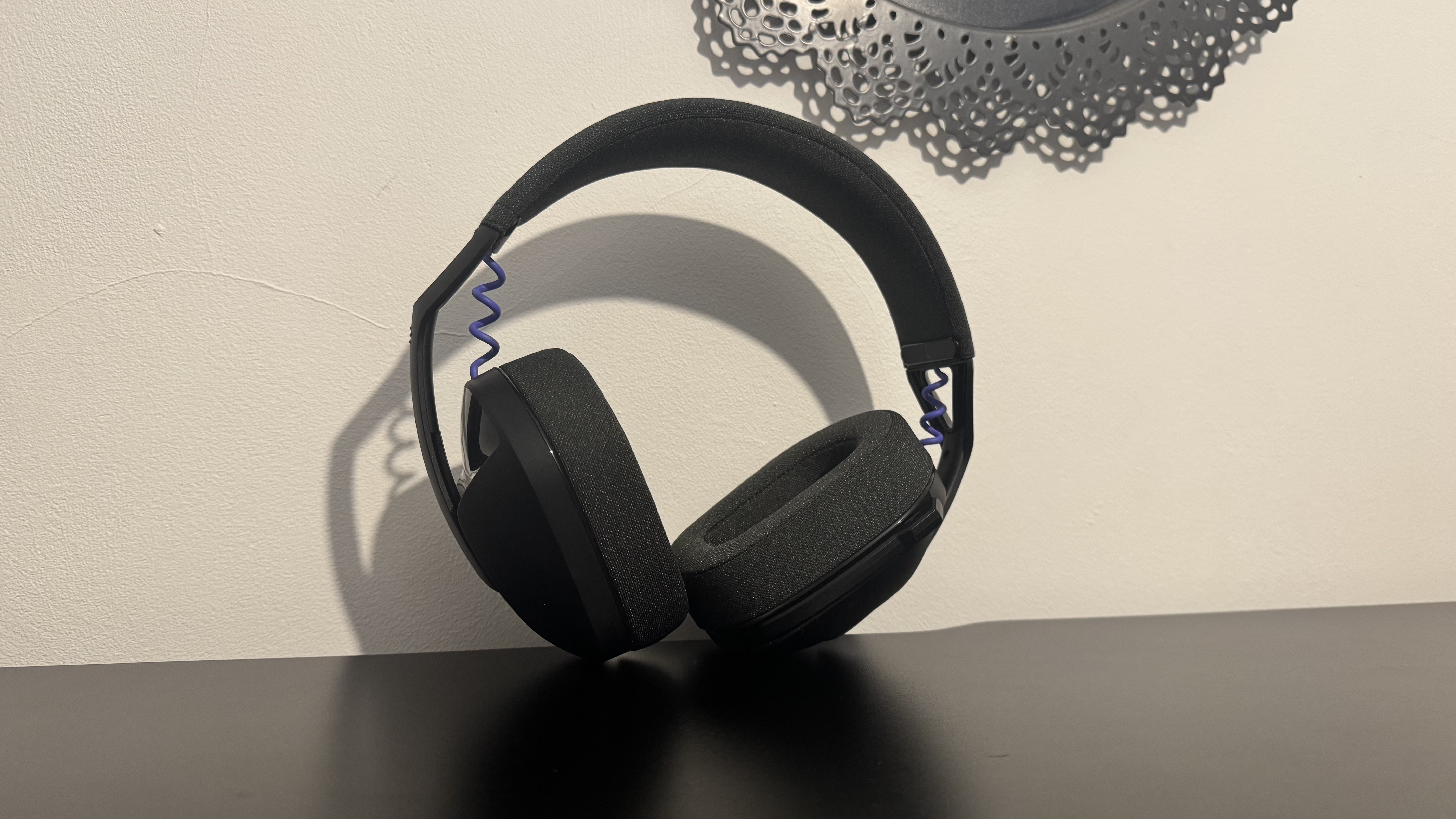
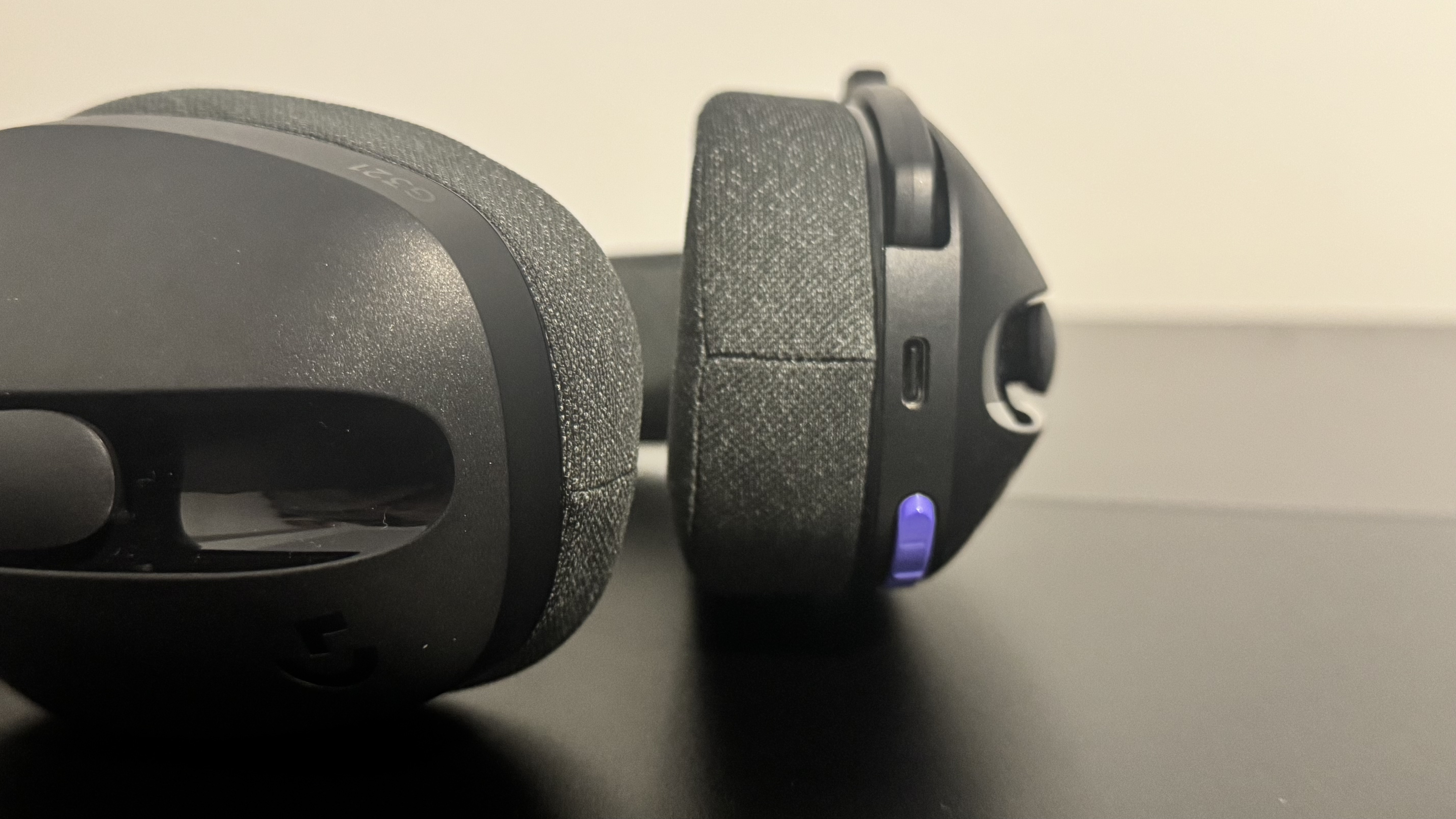
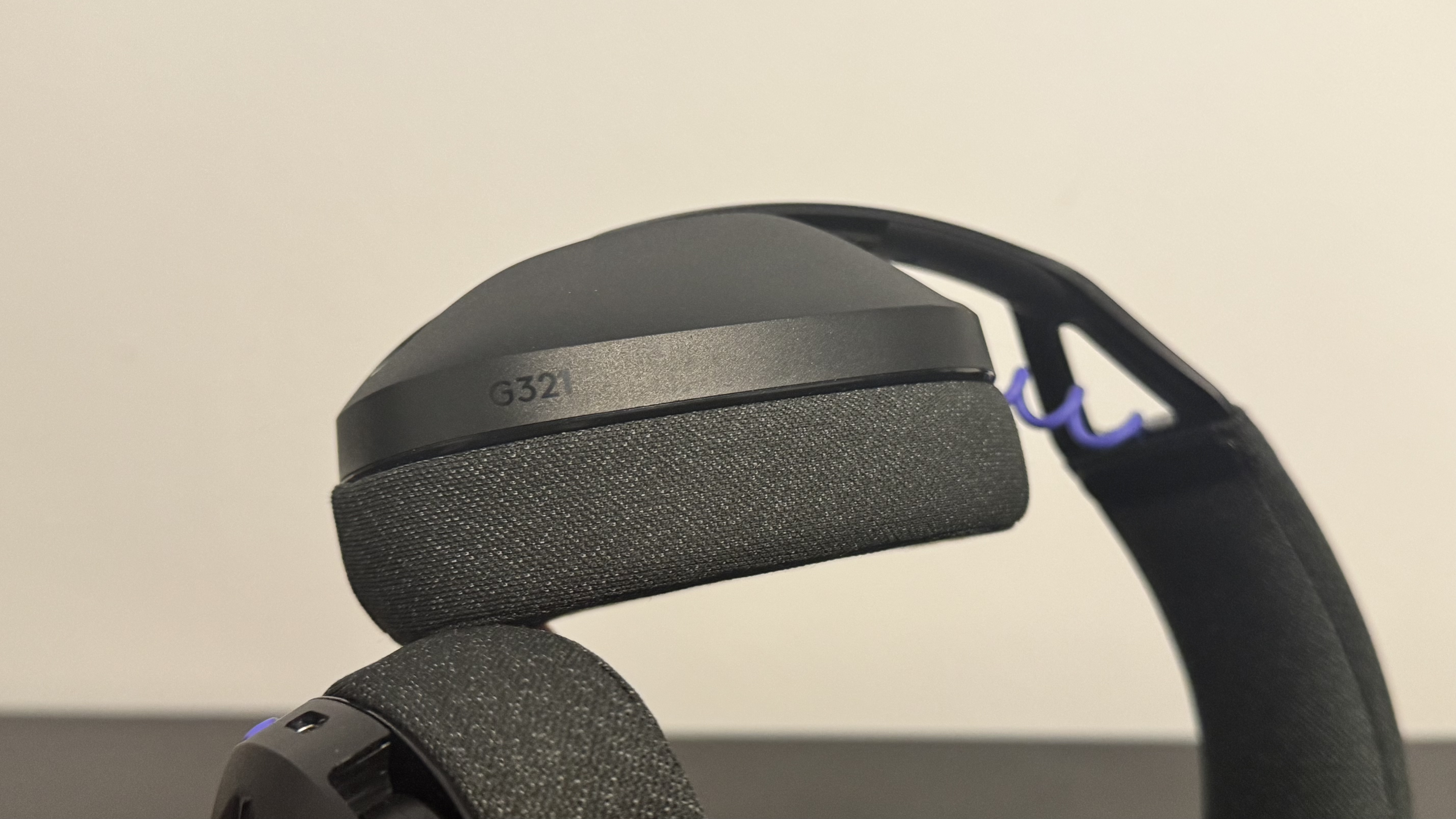
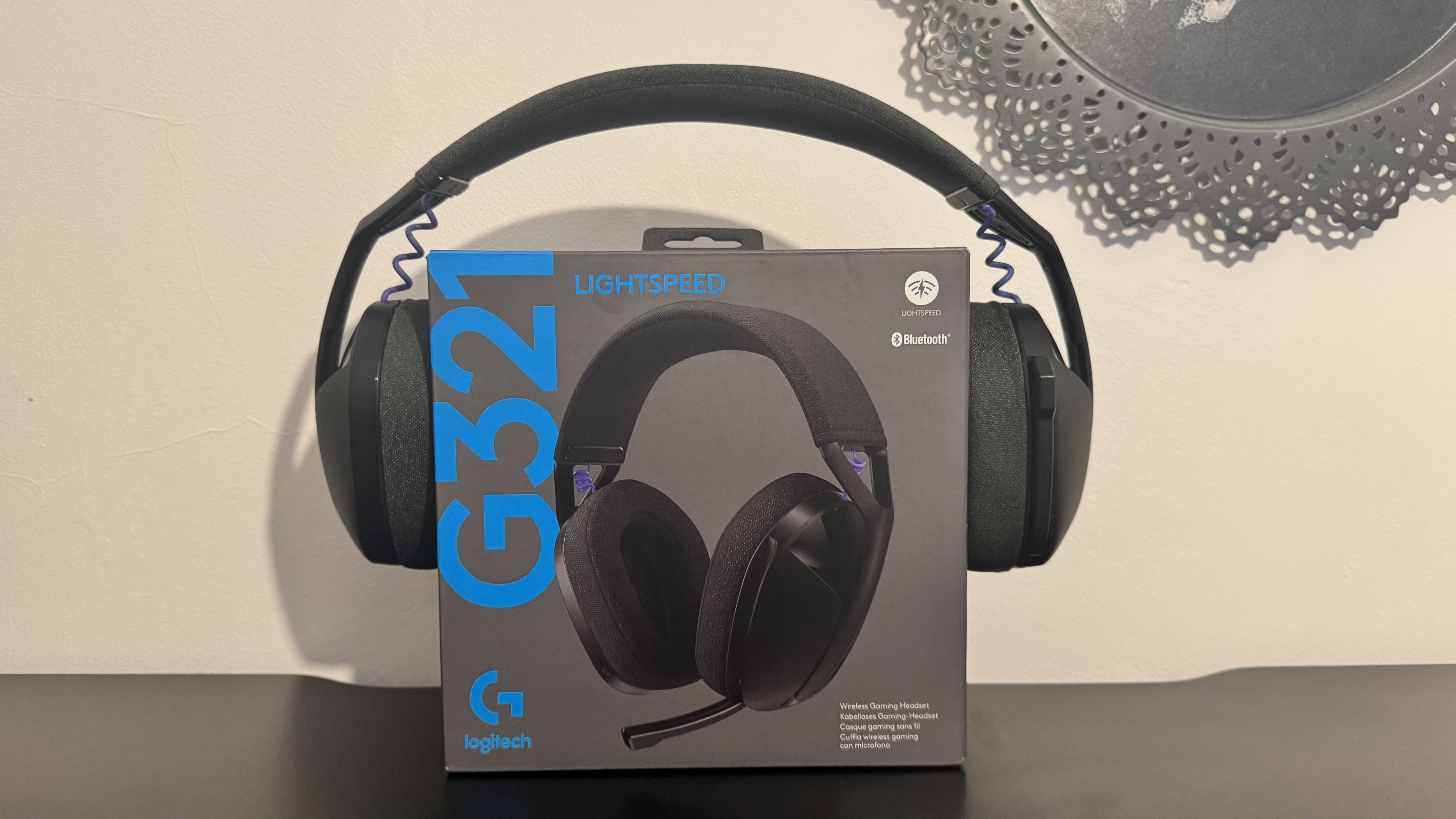
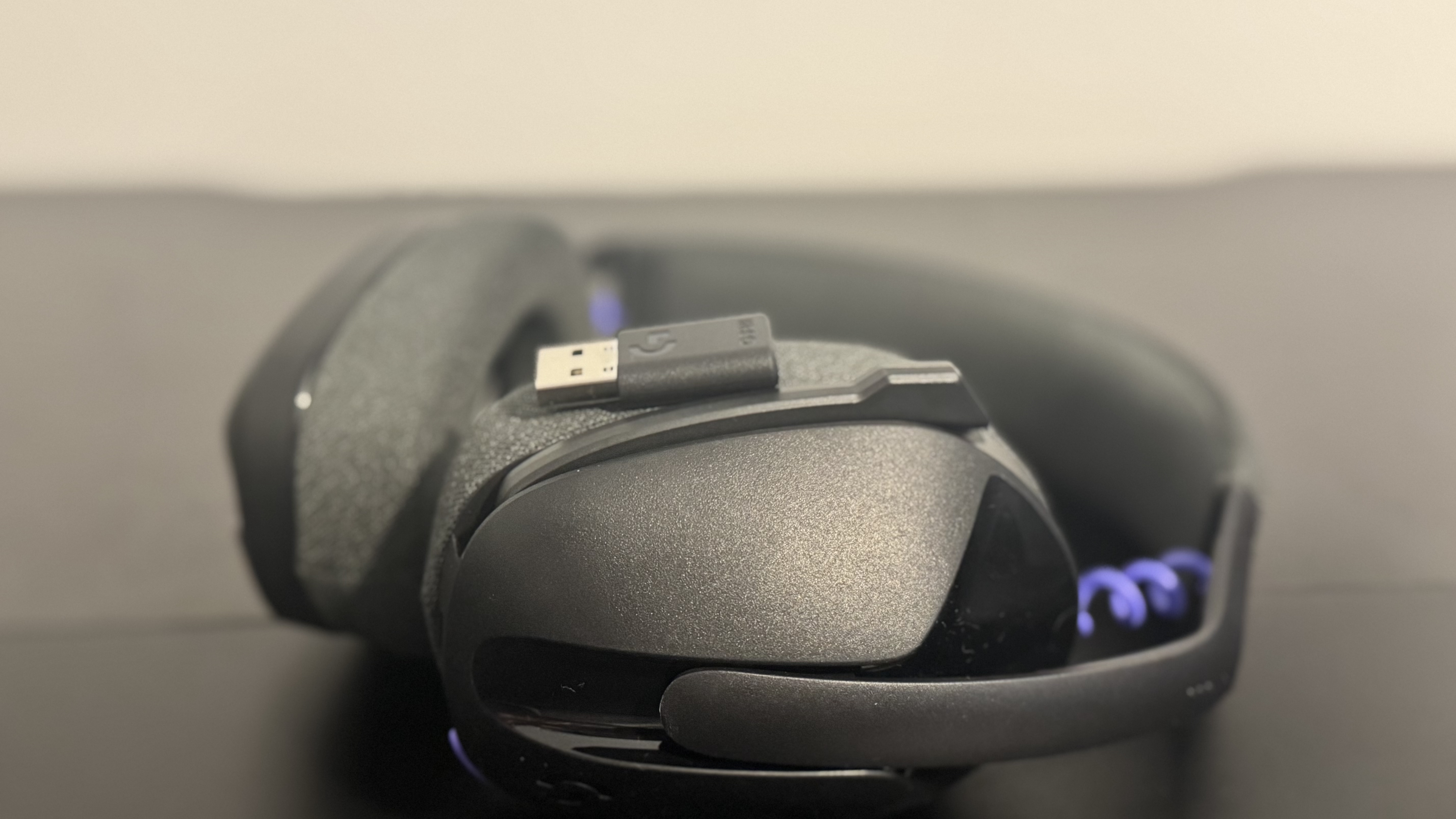
The black G321 Lightspeed model I've been testing has a middling aesthetic, with the slightly angular outsides of the earcups and sharp-looking flip to mute mic portraying much more of a gamer look than the rest of the headset. The earcups and headbands are made out of the same fabric, which is a light, spongy texture.
With both, you can press your finger down and hit plastic, but the headset is so light that I never felt that plastic while the headset was on my head. When the microphone is flipped up, the Lightspeed looks like a fairly normal headset and is solid enough for a quick walk or for use around the house.
Listen to the microphone test (wireless, then wired) here:
The mic is okay at best in wireless form, with inorganic cuts before and after sentences and a general layer of fuzz underneath comms. When wired, the mic sounds a tad better, and in both, the quality is clear yet fairly low. At this price point, it's not awful, but in a call, your mates will be able to tell you're on a value-oriented headset.
You can't unplug the microphone, but it does tuck away fairly cleanly. The flip-to-mute feature is easy to use and comes with a small jingle telling you when you're muted. It's a light touch but a welcome one nonetheless.
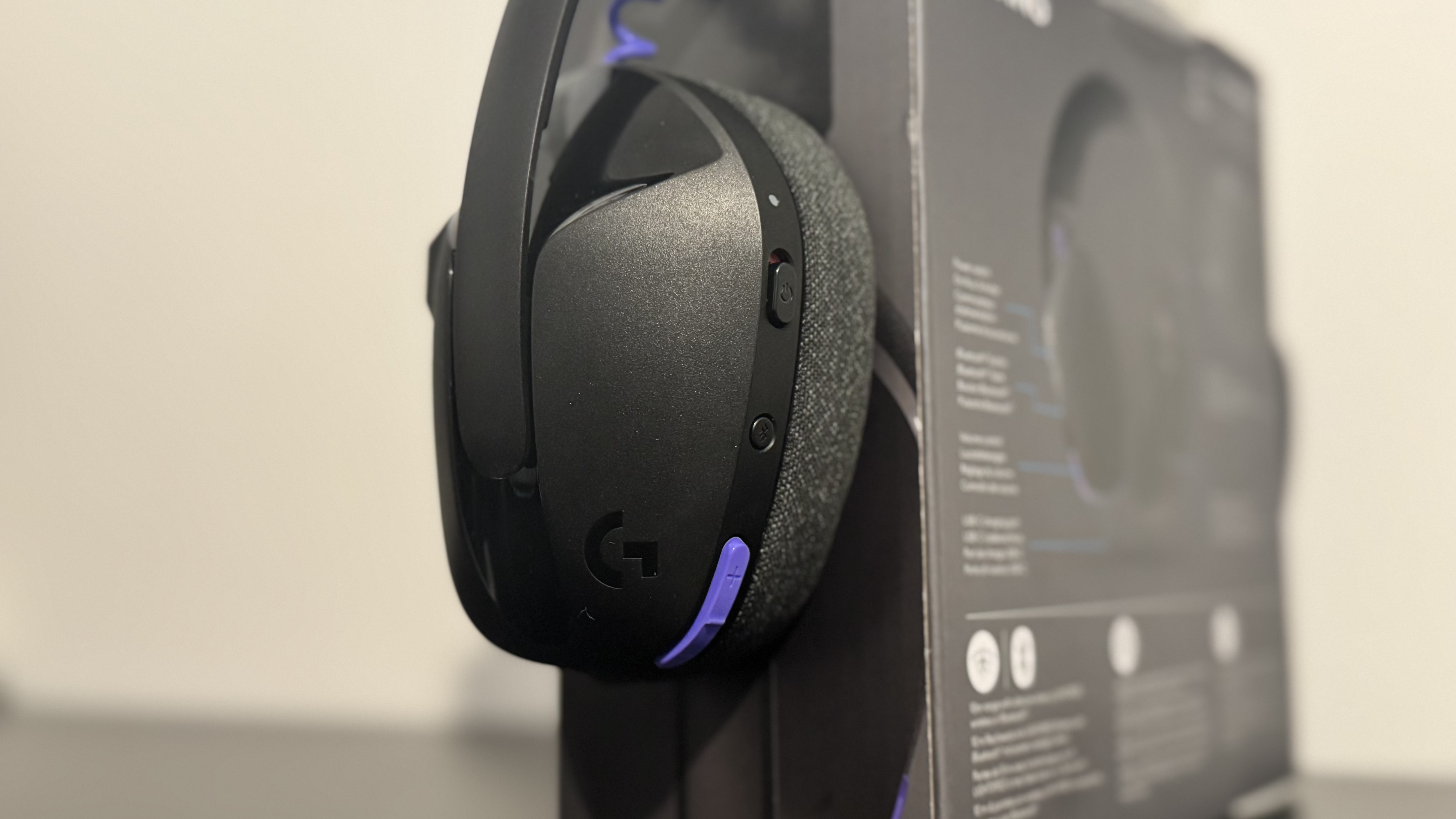
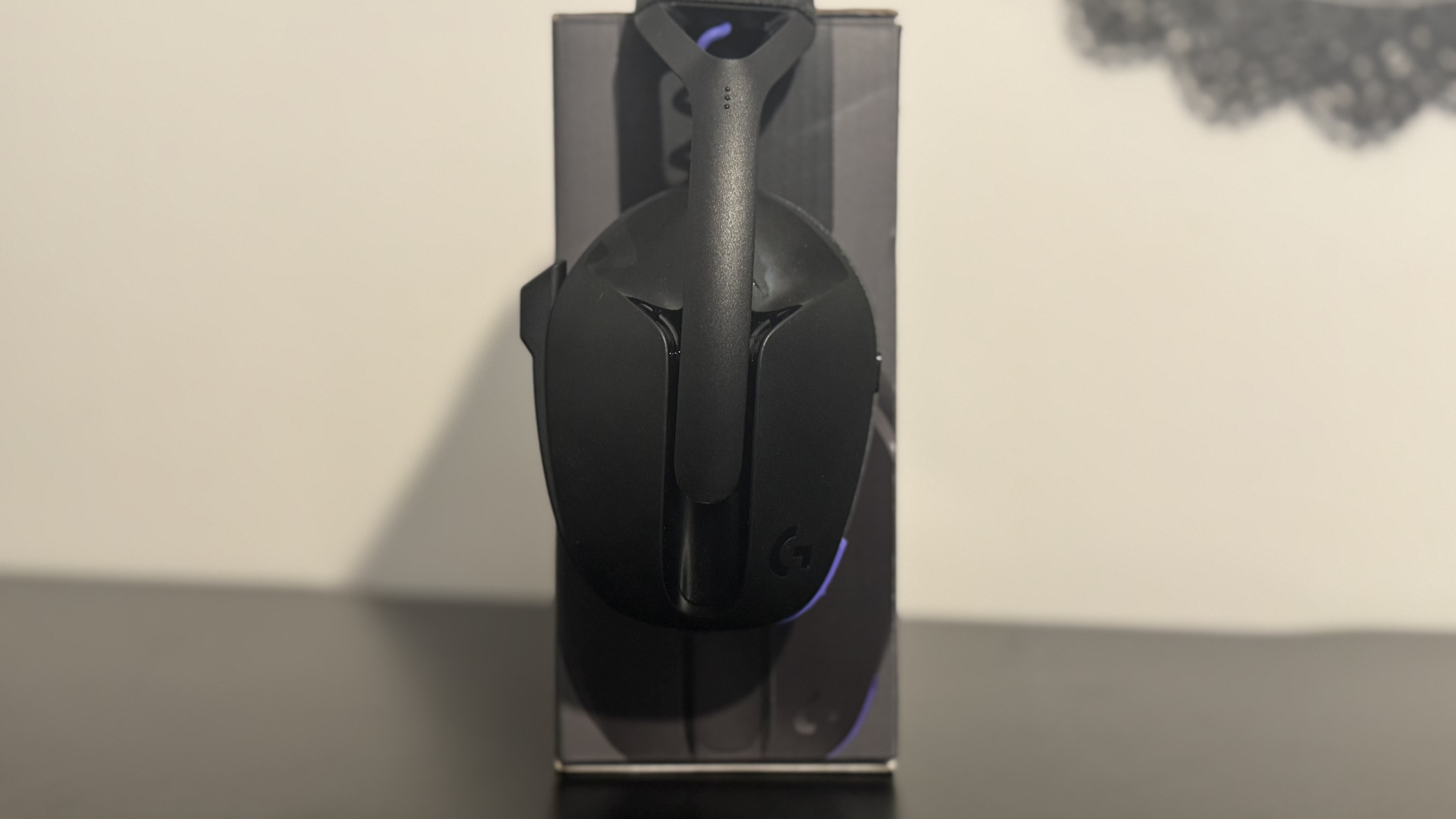
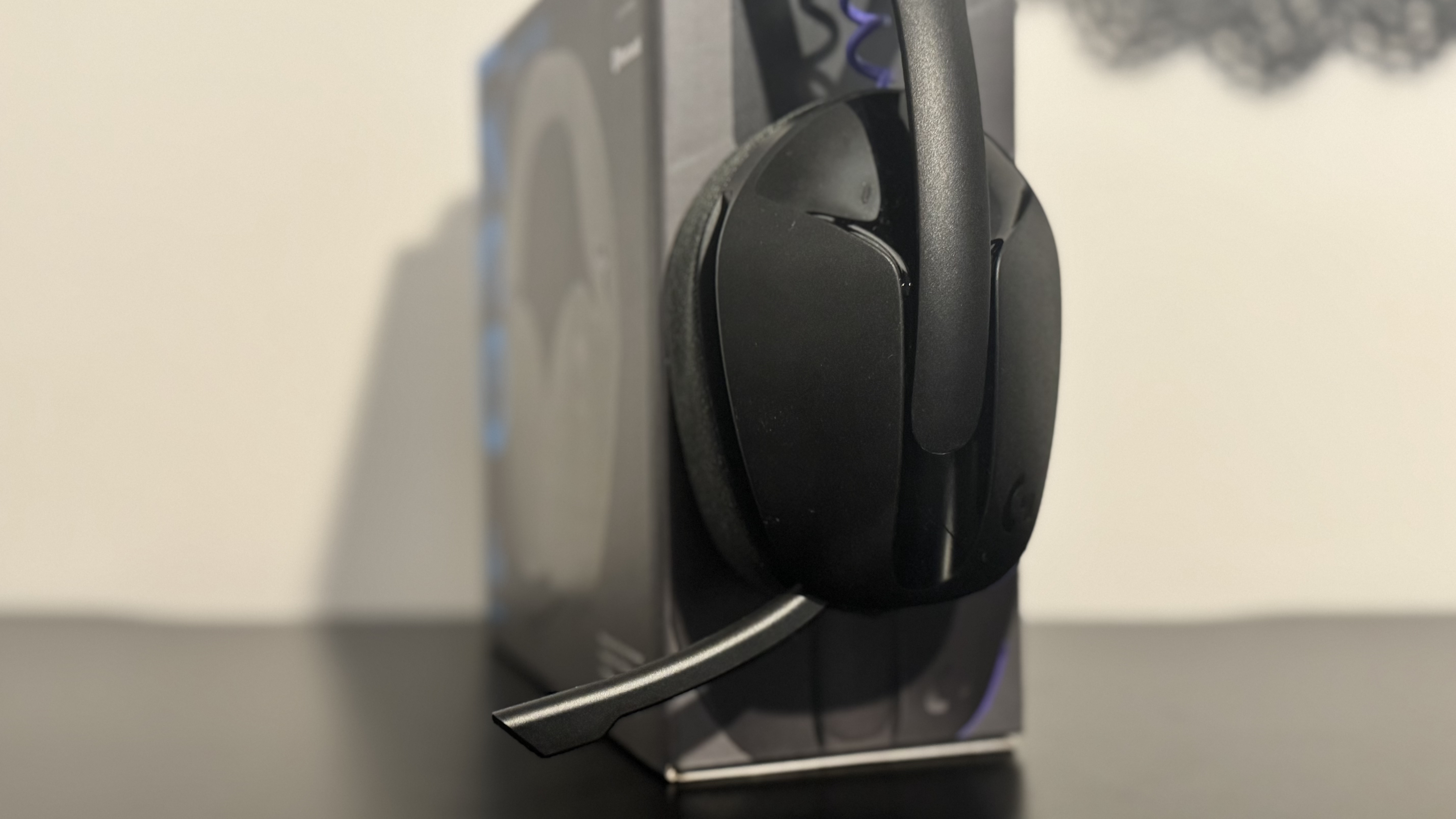
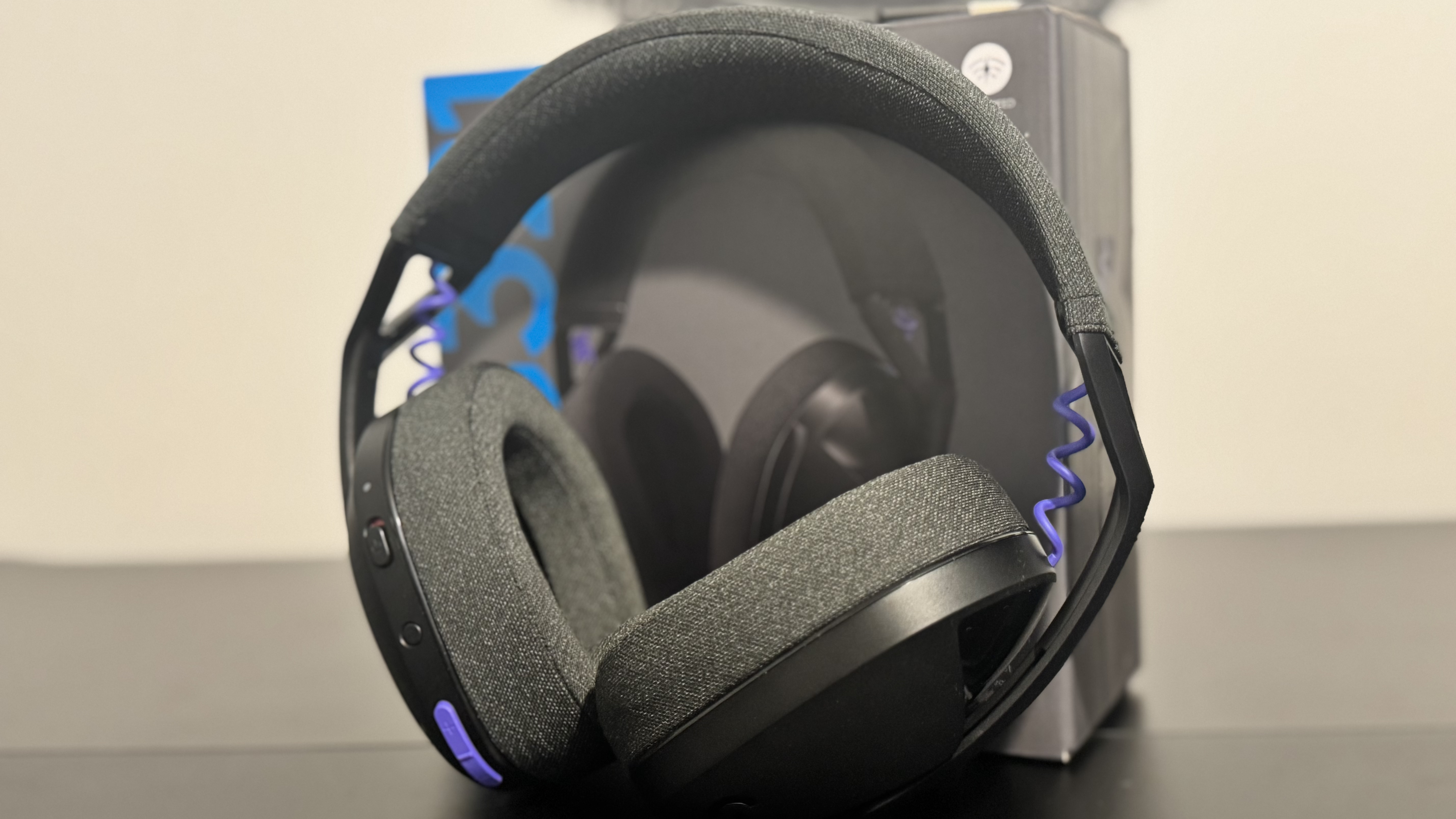
As far as software is concerned, the Lightspeed has practically none at the time of writing. It doesn't connect to the Logitech G Hub, and there aren't any drivers out there for it right now. That could change in the future, of course, but that's my experience with the headset right now. This does mean you currently can't adjust the EQ, but I found the sound to be fairly neutral, not favouring any section in particular. It's about as plug-and-play as a piece of Logitech gear gets, for better and for worse.
It comes with no RGB to adjust in software or drain that battery, and the 20 or so hours you will get out of this headset are just fine. If you work from home and listen to music every day, you will be charging it every few days. If you mostly just use it to game, you'll charge it every week or two. Given that a full charge takes around an hour, this is acceptable for the price, and you'll see a similar battery life out of the Corsair HS55 Wireless.
...the experience of using Logitech's latest is strong enough to get over a pretty terrible first impression.
The first time I used the G321 Lightspeed, I found it to crackle when connected to my PC. Moving my head around particularly caused it to cut out.
However, after ten minutes or so everything balanced, and I haven't been able to replicate this sound, regardless of how much headbanging I've managed to do. I'm willing to write this off as a small quirk, especially after disconnecting and connecting multiple times to test it.
Despite this connection hiccup, the Lightspeed is easy to use and even easier to connect. When turned on, it automatically moves to the 2.4 GHz channel, but it can also be used wired or via Bluetooth. The Bluetooth button on the back left earcup starts the search for devices, and I've had no problems moving it around from phones to laptops.
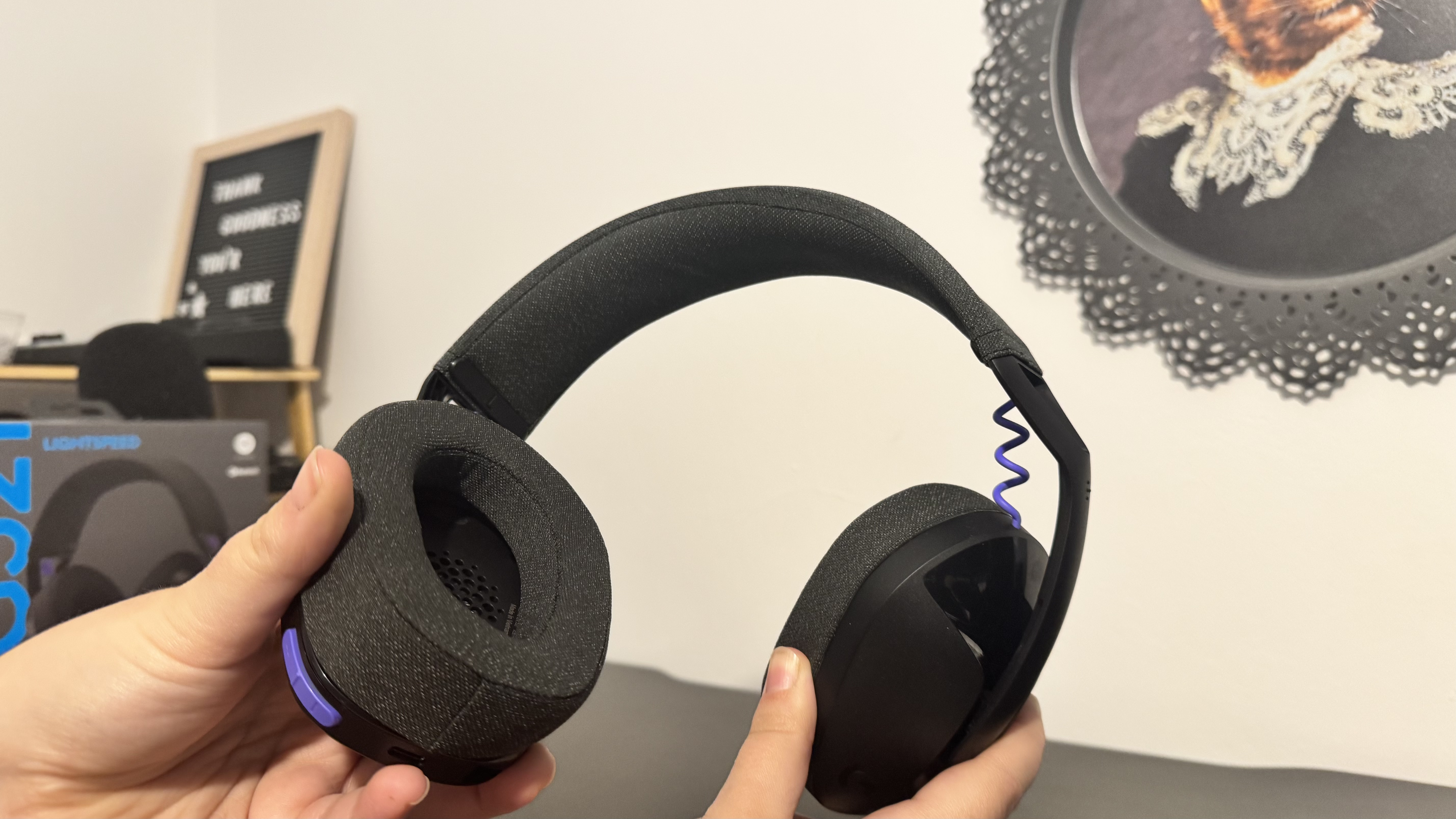
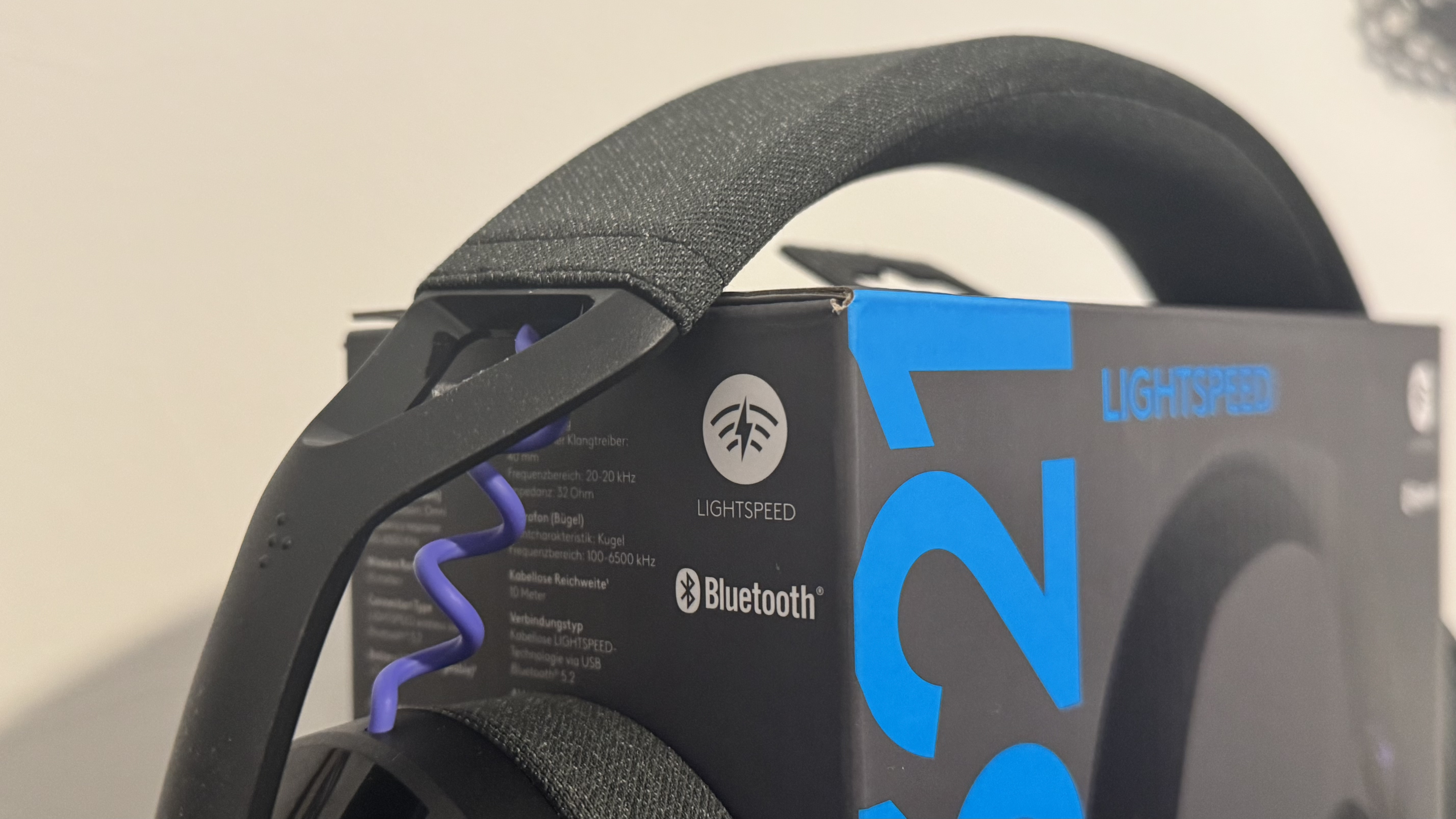
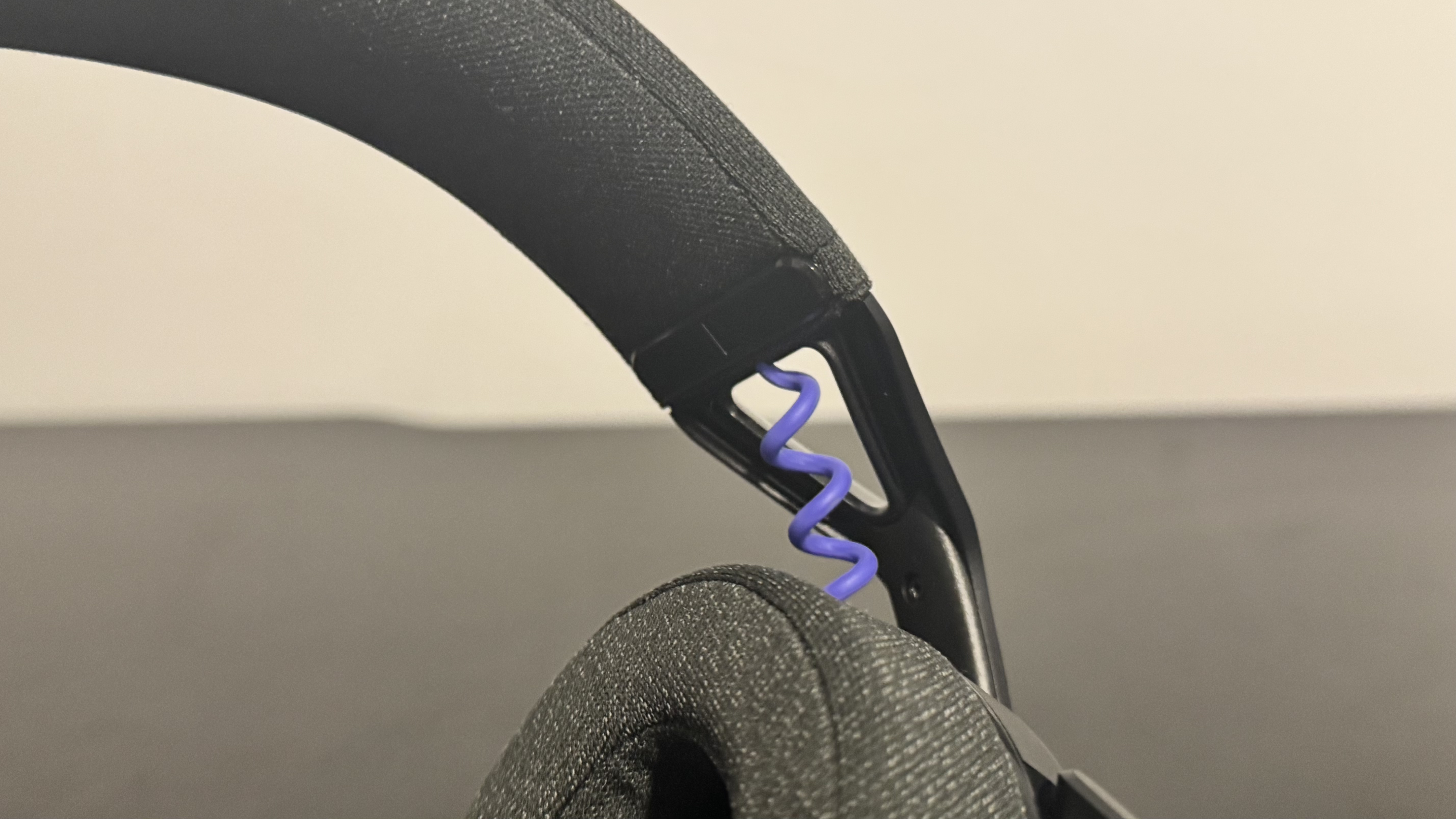
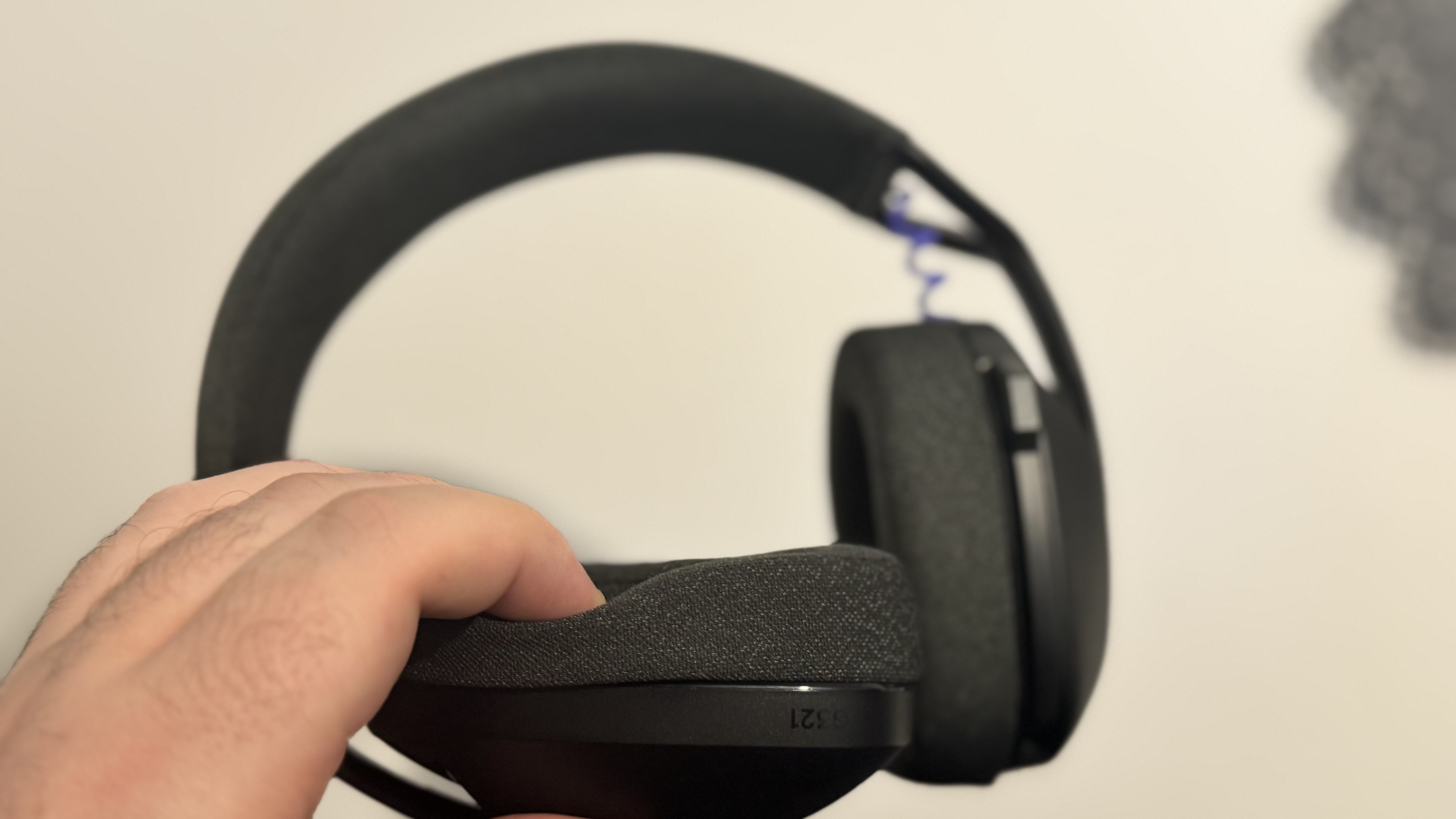
Clicking it while already in Bluetooth mode then sends it straight back to the connector. Dual connectivity would have been better here, to take a quick call or cross off Duolingo for the day, but swapping to Bluetooth isn't a huge hassle, and only really costs a few seconds each time.
✅You want an everyday headset: Thanks to a comfortable feel and well-balanced weight, the Lightspeed is a headset you can wear for hours of gaming, watching movies, and a quick call, with little trouble.
✅You find some headsets too warm: The Lightspeed is not only light, but the earcups have a comfortable material that doesn't clamp down on the head too hard, making it even a viable choice for a light walk or a particularly hot day.
❌ You want an immersive headset: The light fabric and soft clamping power mean the Lightspeed barely blocks out noise. At lower volumes, you will hear the ambient noises in your home.
❌ You're a bit rough with your gear: The Lightspeed bends far more than I would like from a headset, and you can feel the plastic under the fabric in the headband. I've bent it under my fingers and nothing has broken, but I certainly wouldn't want to carelessly fling it into a backpack.
On the left earcup also sit volume controls. They're easier to get to, being big buttons, and I never found myself accidentally hitting them, but controlling volume with buttons rather than a scrolling wheel always feels a bit awkward.
Clicking volume up moves it by just two notches on my PC, which means having to hit it multiple times to see significant volume changes. If a game blasts its music at me a bit too loud, I've found myself fumbling to press it enough to turn it all down.
The Lightspeed sits around the middle of the pile for its sound quality, build, and design at its price, but at one moment, I went to have lunch and forgot it was on. This is perhaps as much an indictment of my hunger-led tunnel vision, but it's still a rarity for me, and not something I've had happen with similarly priced headsets. No, before you ask, I did not get soup on the headset. Stop asking that.
This is a testament to how light and easy it is to just keep on the head. And from my time gaming with it, I've found the Lightspeed to be entirely uncumbersome, from how easily it connects, to how it projects sound. Bass doesn't rumble as you may want, but nothing feels mushy in the mix, and it's easy to pick up footsteps in a competitive setting. Most importantly, the experience of using Logitech's latest is strong enough to get over a pretty terrible first impression.
What's Your Reaction?
 Like
0
Like
0
 Dislike
0
Dislike
0
 Love
0
Love
0
 Funny
0
Funny
0
 Angry
0
Angry
0
 Sad
0
Sad
0
 Wow
0
Wow
0
